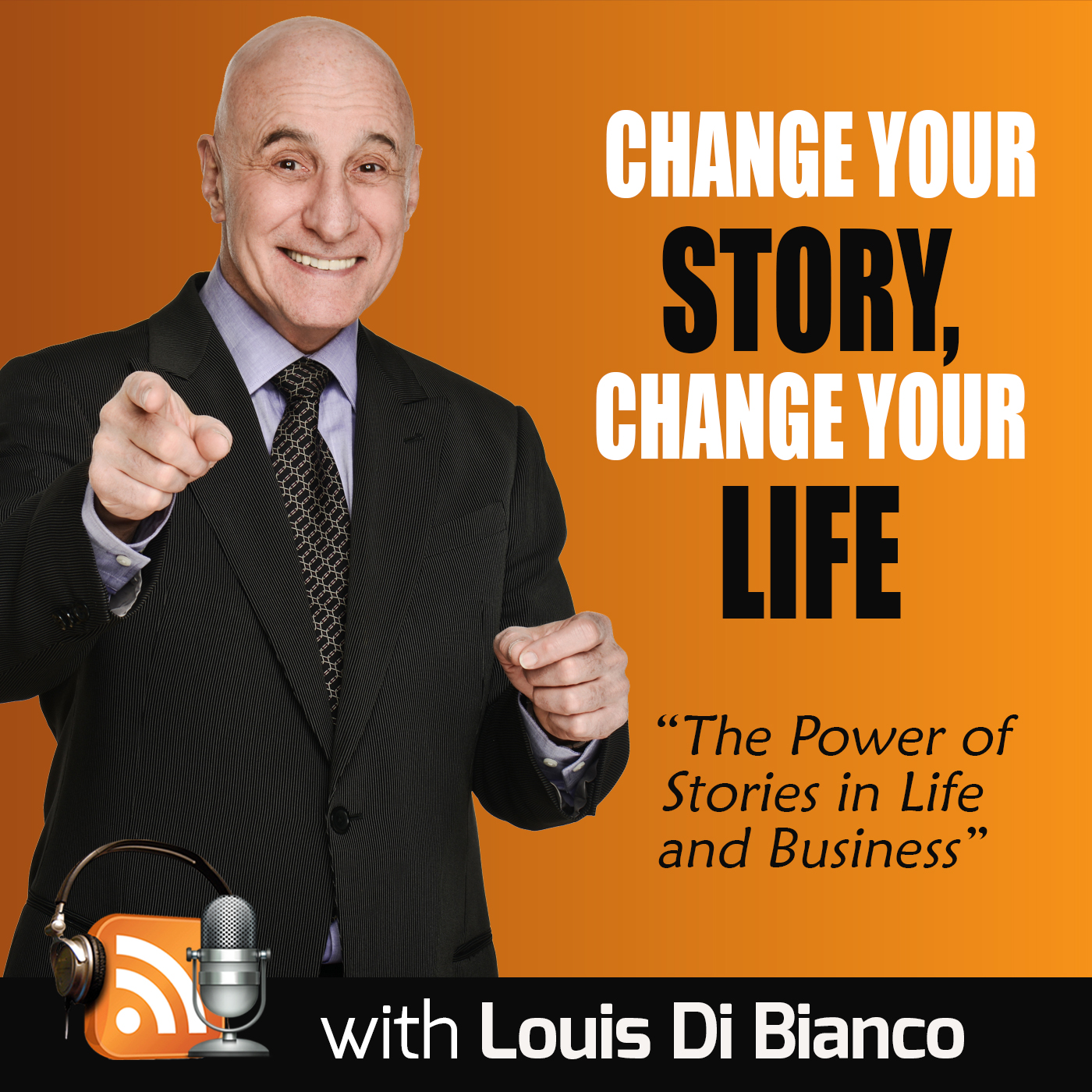163: Show, Don’t Tell
SHOW, DON’T TELL
How do you feel when someone tells you do something? If you’re like me, you resist their command. You pull back, and, most probably don’t do what you’ve been told.
No one likes to be bossed. On the other hand, it feels great when you choose to do or buy something because it excites you and feels right for you.
Show, don’t tell is a powerful storytelling technique that allows people to engage with your narrative in a way that makes them feel respected and understood. It lowers and removes resistance to your message and your offers.
It creates a magnetic pull that attracts customers and clients to your business.
What does show, don’t tell mean? It means that you demonstrate the benefits and great value of your offers rather than talk about them hoping to convince people of your words.
A great way to learn the show, don’t tell technique is to watch great movies. You’ll notice that they pull you in by actions and vivid pictures; they don’t rely heavily on words to explain things to you.
EXAMPLES FROM MOVIES
- The Good, the Bad and the Ugly – Watch the opening sequence of this film, and time the moment when the first word is spoken. You may be surprised at how long you were engaged in this story without dialogue.
- The Spirit of the Beehive – A haunting film from Spain that explores the fragile world of a child’s imagination. There a long scenes without dialogue that brilliantly move the story forward with the characters’ actions. This movie will arouse powerful emotions without talking about them.
- The Godfather – This movie opened in 1971. It feels relevant and immediate today. You can learn so much about storytelling by watching The Godfather many times. The opening scene establishes the world of the story and reveals a lot about Don Corleone, the mob boss exquisitely played by Marlon Brando. It does this with actions. Watch it, and see what I mean.
Strong persuasive business storytelling uses show, don’t tell the same way movies do.
You’ve probably seen a live kitchen knife demonstration, or you’ve seen one on TV. If you are in the market for good kitchen knives, you will become fully engaged in a strong physical demonstration. Every action the presenter takes brings you closer to an enthusiastic decision to buy the knives. You make your purchase feeling that it was totally your choice. You were not pressured or manipulated into buying.
You’ll learn another example from business in this episode. I talk about network marketers who sell weight loss products like protein shakes. The novice pushes prospects away from products that can benefit them by blabbing on and on about the product. The list all it’s magical ingredients. They try to dazzle people with statistics and scientific data. Most prospects recoil from their pushy efforts.
Keep this in mind. You are never selling products. You are selling results that people strongly want. A good show, don’t tell scenario can demonstrate this.
Imagine an uncomfortably overweight man climbing stairs in his home. See him clutch the bannister; feel his discomfort as he slowly trudges up the staircase one step at a time. Experience his fatigue a he stops to catch his breath. His son enters the scene at the top of the stairs. He looks sadly at his dad, He approaches his father, takes him by the hand, and says, “I’m worried about you, dad. Your weight is dangerous to your health. I’m afraid that you won’t live long enough to meet your grandchildren.”
The son leaves. The father stands alone for a moment with tears in his eyes.
We cut to a scene sixty days later. Father and son are playing catch together in a park on a sunny day. Dad looks lean in his “new” body. They smile at one another and continue to throw the ball energetically back and forth.
That story will sell more shakes than any product pitch every time.
I encourage you to study films and TV commercials for great examples of show, don’t tell.
To help you practice your own marketing and sales stories, I offer you these three steps.
- Move from IDEA to ACTION. Write the idea for your offer briefly on paper. Tehn, think of actions that will demonstrate strong benefits with convincing.
- Move from WORDS to PICTURES. After you know what you want to say, create a storyboard that says the same thing in pictures.
- Move from BEFORE to AFTER. All your sales and marketing messages must take your audience on a journey from an undesired before state to a highly desired after state.
Show, don’t tell authentic, entertaining, engaging stories that sell, and you will prosper.

